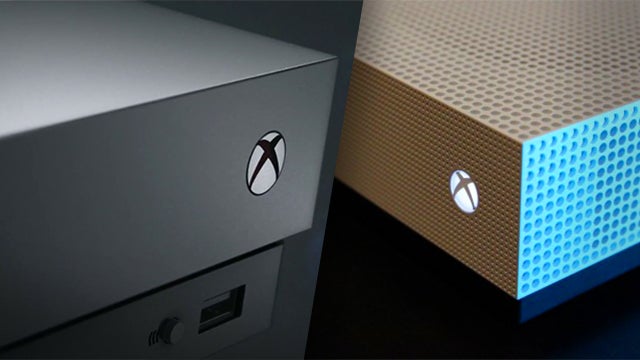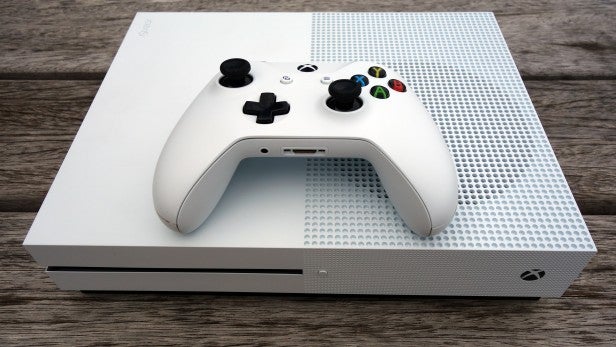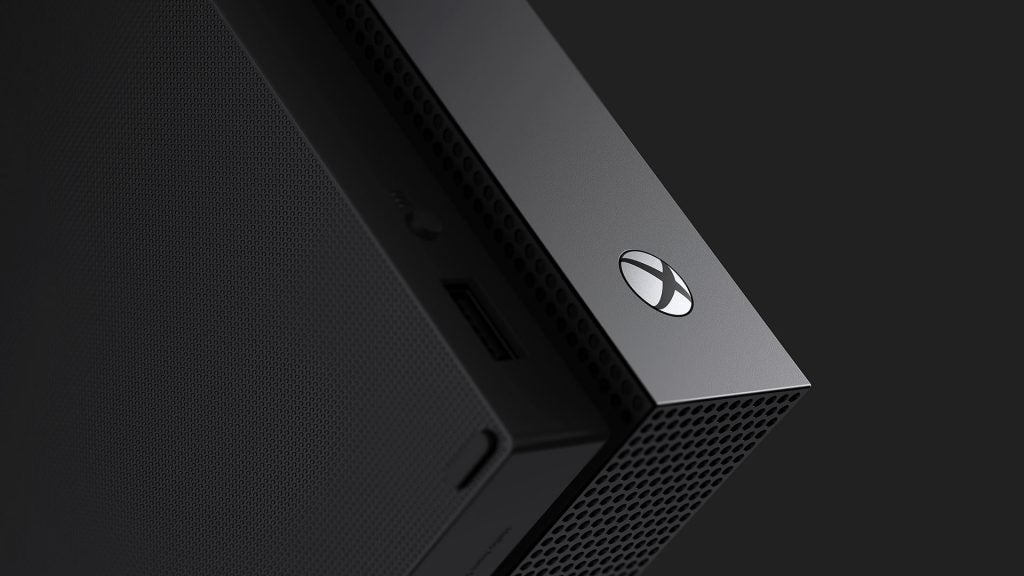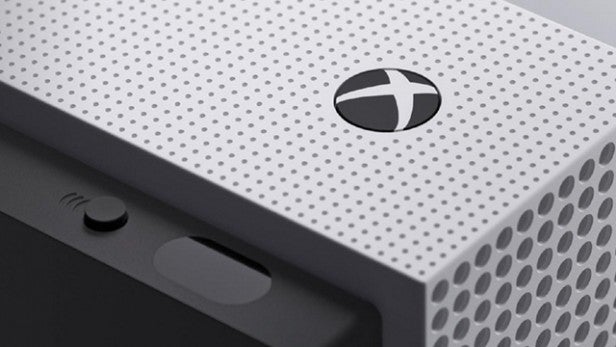Xbox One X vs Xbox One S: Which console is right for you?

Xbox One X vs Xbox One S: Microsoft’s two consoles offer some similar features, but very different levels of performance. Which console is right for you? The decision isn’t as easy as you might think, so Trusted Reviews has put together a breakdown to help make up your mind.
Worried about buying into the Xbox One family with Project Scarlett on the horizon? That’s understandable, but we think we’ve got some pretty compelling reasons for why you might want to hop in anyway. So, if you’re worried about reasons to buy an Xbox One with the Xbox 2 on the horizon, why not check out our piece for a few reasons for and against.
But if you’ve been there, decided you are going to buy an Xbox One, what one should you get? Read on, true believer…
Xbox One X vs Xbox One S: What do they have in common?
In order to make this buying decision as simple as possible, we’ll start with the features that are common to both devices. If nothing else, this will ensure you don’t buy the more expensive One X if what you really wanted was already part of the One S.
The main similarities come in the form of ports, connectivity and media playback. Both consoles have three USB 3.0 connectors, one on the front and two at the rear. Also at the rear, the consoles have a pair of HDMI ports (2.0b out and 1.4b in), Ethernet, S/PDIF audio and an IR output.
Both consoles support 4K HDR content through the HDR 10 standard, and both have UHD Blu-ray disc drives. Dolby Atmos is present, as is Dolby Digital 5.1 audio. For home theatre enthusiasts, both consoles excel.
Both consoles support HDR in certain games, but as we’ll see in the ‘What’s different’ section, it’s not quite that simple.
Related: Best Xbox One Games
 Xbox One S
Xbox One S
Xbox One X vs Xbox One S: What’s different?
Design: The One X is slightly smaller than the S, but the differences don’t end there. If you’re going to replace your S, you’ll be interested to know that all the heat extraction takes place around the back of the console. Unlike the S, which blows some hot air out of the top, the top of the X is completely devoid of any opening. This means you could stack other AV kit on top of your X, which you couldn’t do with the S.
Performance: In terms of technical prowess, the two consoles are very different. Without getting deep into talk about specifications, the Xbox One X is a thoroughly modern console with components that are a match for today’s mid-range gaming PCs. The One S is no slouch, but it’s using very similar technology to the original Xbox One that launched in 2013.
This means, in gaming performance, the two will handle very differently, even though on the face of it they both deliver the same UHD resolution.
Related: Upcoming Xbox One Games

In the case of the Xbox One S, it delivers UHD gaming that’s been upscaled from Full HD. The console is using clever so-called ‘checkerboarding’ anti-aliasing technology to create pixels where there are none, giving the impression of a sharper, clearer image. It works well, but it’s not ‘true’ 4K by any means. The console also supports HDR gaming at any resolution.
The One X, meanwhile, has massively beefed up specifications. While, again, the console occasionally uses some form of upscaling, it’s powerful enough to render games at a much higher resolution than the One S, so there’s a lot less upscaling to be done.
This makes for a much richer, more detailed image. The increase in video memory means textures in games will be higher resolution, and there’s more scope for big effects such as smoke and explosions.
We go into much more detail in our Xbox One X review, with an entire page of screenshot comparisons in three games. Here’s a couple to whet your appetite:
Related: Xbox One X vs PS4 Pro

Titanfall 2: Textures are sharper here, and you can see there’s better flare coming from the titan’s red lights. The lighting overall is of a higher quality, although the colour of the scene is the same as the One S (below)


Gears of War, Xbox One X: This cropped image in Visuals graphics mode shows dynamic lighting to its best effect. This scene in HDR is stunning

That same scene again on the One S. There’s a lack of sharpness and the colours are quite clearly more muted. Not exactly ugly, though.
Games: While the One S and One X share an identical library of games, certain titles will launch with the ‘Enhanced for One X’ label, which means they will have extra visual fidelity that you won’t see in other versions of the game.
Hardware: Away from performance, the Xbox One X has a new cooling and power delivery system. This is crucial for such a small and powerful box, where keeping temperatures down and efficiency up is top of the agenda. Based on our review, we’d say the One X and S run at around the same noise level. In other words, they’re both nice and quiet.
 Xbox One S
Xbox One S
Storage is different, too. The One S can be found with as little as 500GB of storage, up to 2TB, all on mechanical hard disks. The One X comes with a 1TB hard disk with 8GB of flash storage. This sounds confusing, but what this secret 8GB does is help speed up the operating system by storing the most frequently-access filed (the operating system) on faster solid-state storage. Based on our testing so far, we’ve not found much difference in terms of storage performance.
Value: The final difference is, of course, price. The One S can be found for as little as £200 in the UK, while the One X will cost more than twice as much at £450. That in itself will make a huge difference to which you buy, especially if you’re not convinced by the promise of 4K gaming.
For home cinema enthusiasts who want to watch 4K video content and play a few games, the One S continues to be a great choice. For gaming lovers who want the absolute best technology, the One X will be the best choice.
Related: Monster Hunter World Review
What do you think of Microsoft’s Xbox One X? Let us know on Twitter and Facebook!


